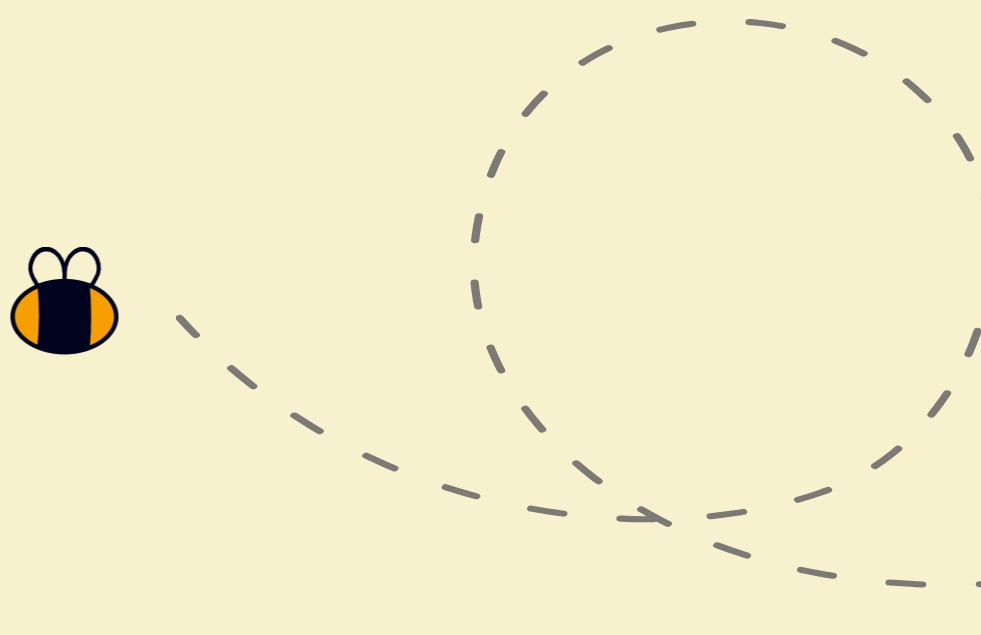
Do you keep emails, files and text messages forever? Is your desktop littered with icons and shortcuts? Do you still have the first season of Lost?
The bad news: You may be a digital hoarder. The good news: You’re not alone.
The Digital Hoarder Problem
There aren’t any definite stats as to how many people are drowning in digital waste, but one thing’s for sure: The proliferation of devices, the explosion of information and the abundance of cheap storage have made it easier than ever to amass volumes of emails, text messages, documents, photos, music files and whatever else we’re keeping “just in case.”
According to Microsoft, the average inbox will receive 14,600 emails in 2012. But 80% of those emails are so-called “greymail”—newsletters, deals and updates that are neither spam nor authentic mail.
Even worse, 1 in 10 people said they’ve never deleted an email.
Digital Hoarder Statistics
Here are some other disturbing stats, compiled by Trend Micro, that will shed some light on your own e-hoarding tendencies:
- 52% of users claim the items on their computers are irreplaceable even though they typically only use 20% of what they save
- Around 2.8 years of financial information is stored on computers
- An average user has 65 apps installed on his/her smartphone but only uses 15
- Americans send an average of 582 text messages per month
- An average Facebook user has 229 friends, 16 of whom he/she doesn’t personally know
- An average Twitter user has 126 followers, only 35% of whom are real people
- More than 60 million photos are added to Facebook each week
- More than 60 photos are added to Instagram each second
- More than 60 hours of videos are uploaded to YouTube each minute
- Around 190 million tweets are sent each day
Why Do People Become Digital Hoarders?
So why do we turn our lives into a digital dumping ground? Well for one, there’s so much available storage that we don’t have to make decisions anymore. In the physical world, our hoarding is limited by money and space. But in the digital world, our clutter is allowed to roam wild and free.
Fear also plays a role, according to Katherine Trezise, President of the Institute for Challenging Disorganization –
“People tend to hoard things because they’re afraid they’re not going to find them again,”
She told Seattle Morning News.
“How many times do we save a website because we’re afraid we’re not going to be able to find it again?”
And if you think the information overload isn’t impacting your life, think again.
“It’s true that your computer is not going to fall over and fall on top of you because you’ve accumulated a lot of digital files, but it does clutter not only your hard drive, but also your memory, your focus and your concentration.”
Rehabbing a Digital Hoarder
If your appetite for information far exceeds the time you have to consume it, do your best to cut back. Delete all programs you don’t use, trash useless bookmarks, sort through your emails, get rid of those songs you hate and put an expiry date on those recipes you say you’ll make but never will.
And remember: You can always Google it later. Your sanity will thank you.
Now, a cluttered desktop is one thing – a cluttered website is another. Large files, missing and broken links, plugins, and any number of other things you may have collected through the years could be slowing your site down, leading to fewer traffic and low conversion rates. If you need help preventing your digital hoarder tendencies from impacting your website, take a look at Stikky Media’s web design & development services.







